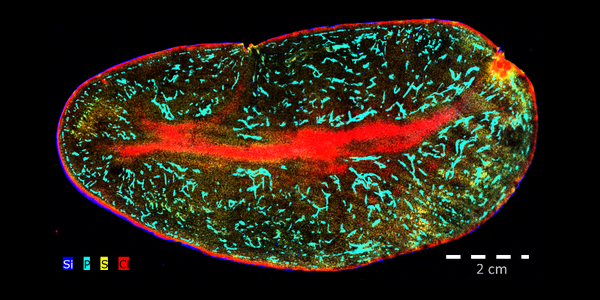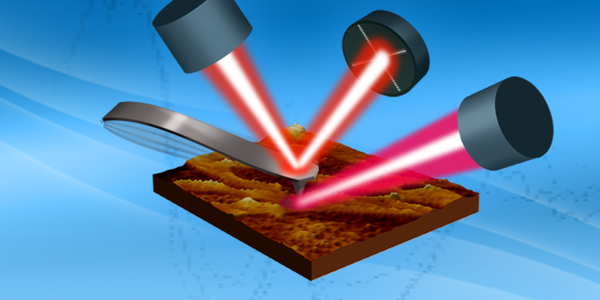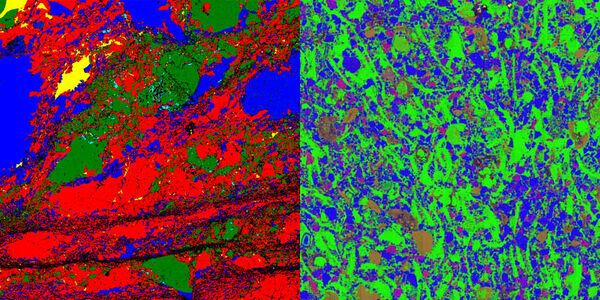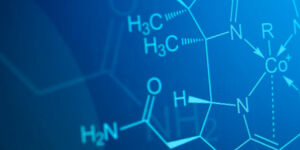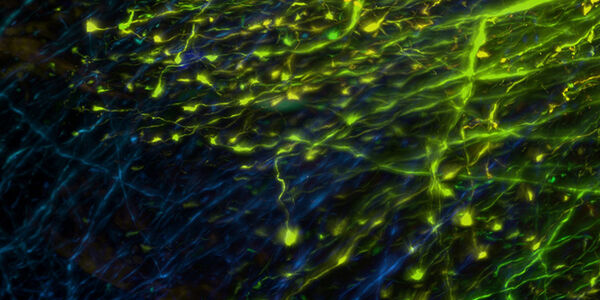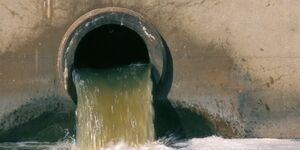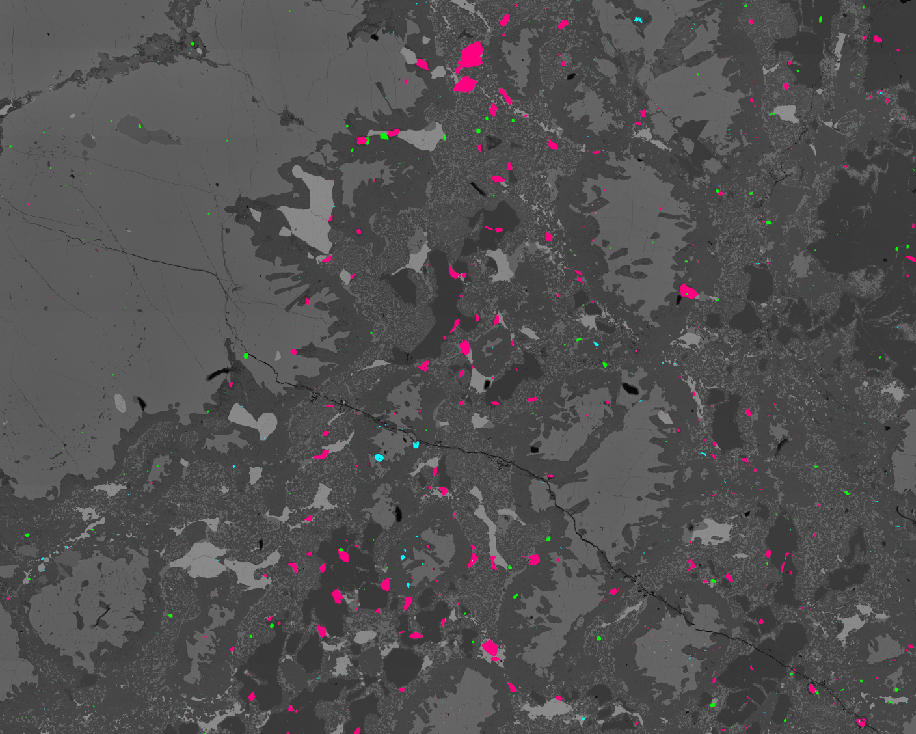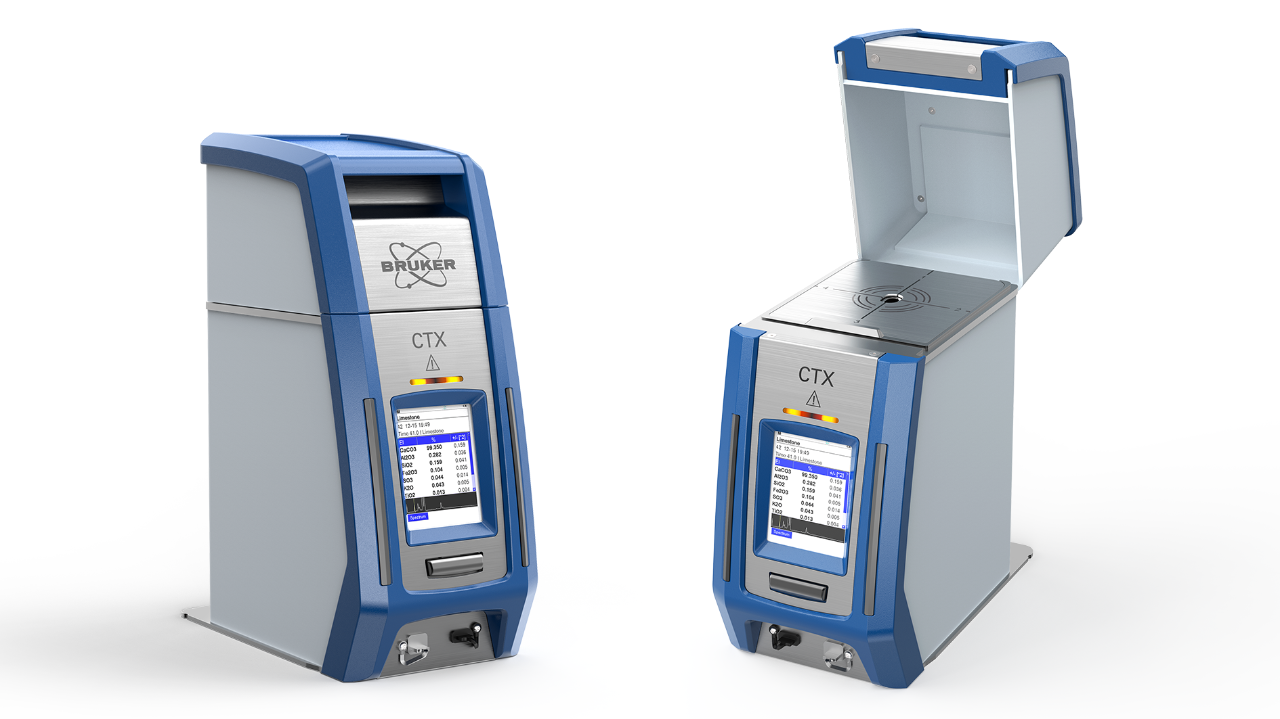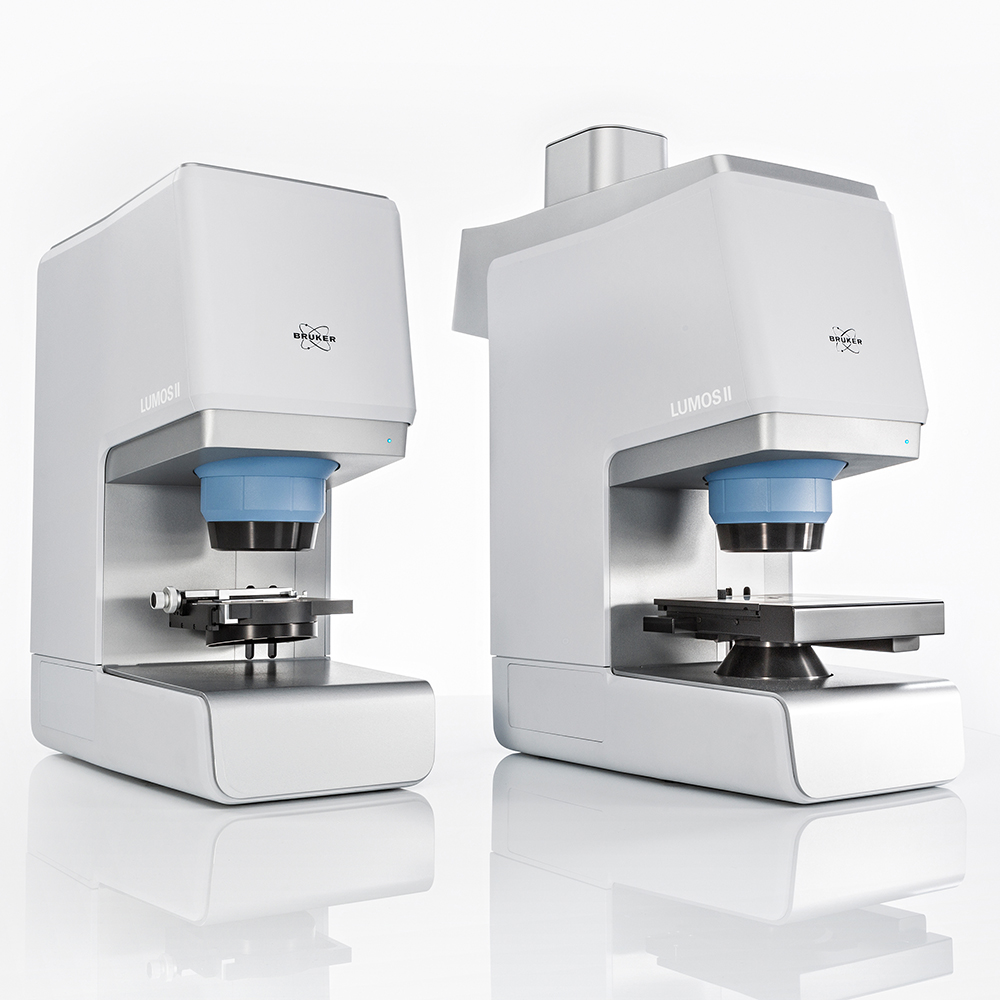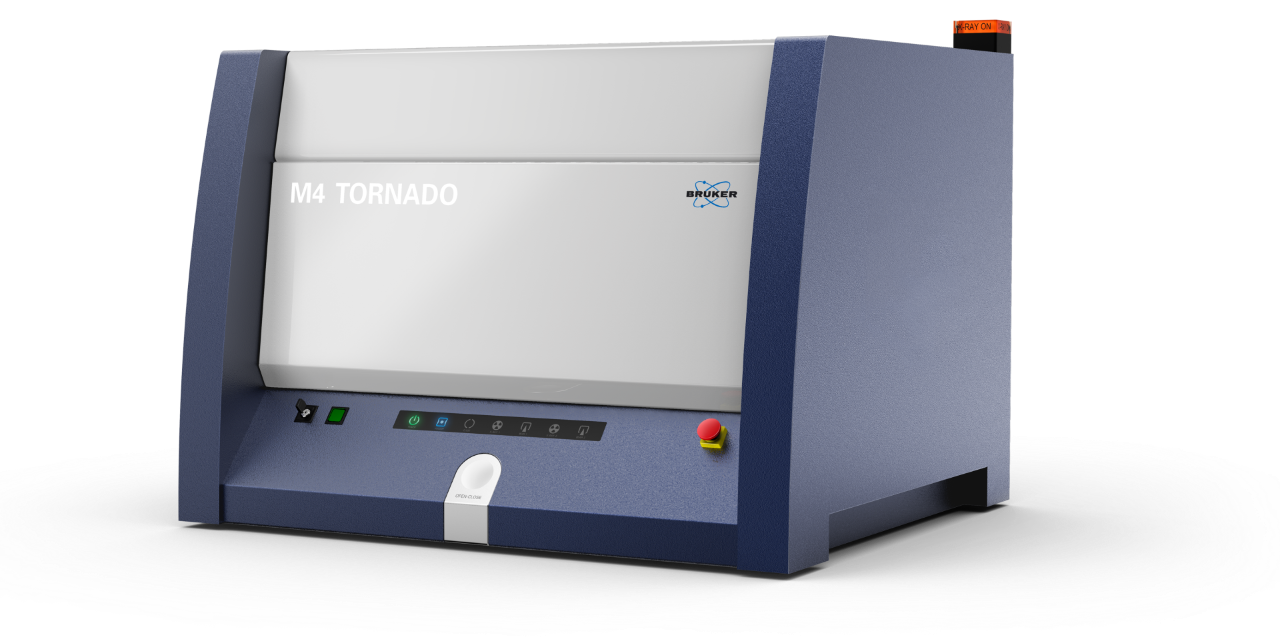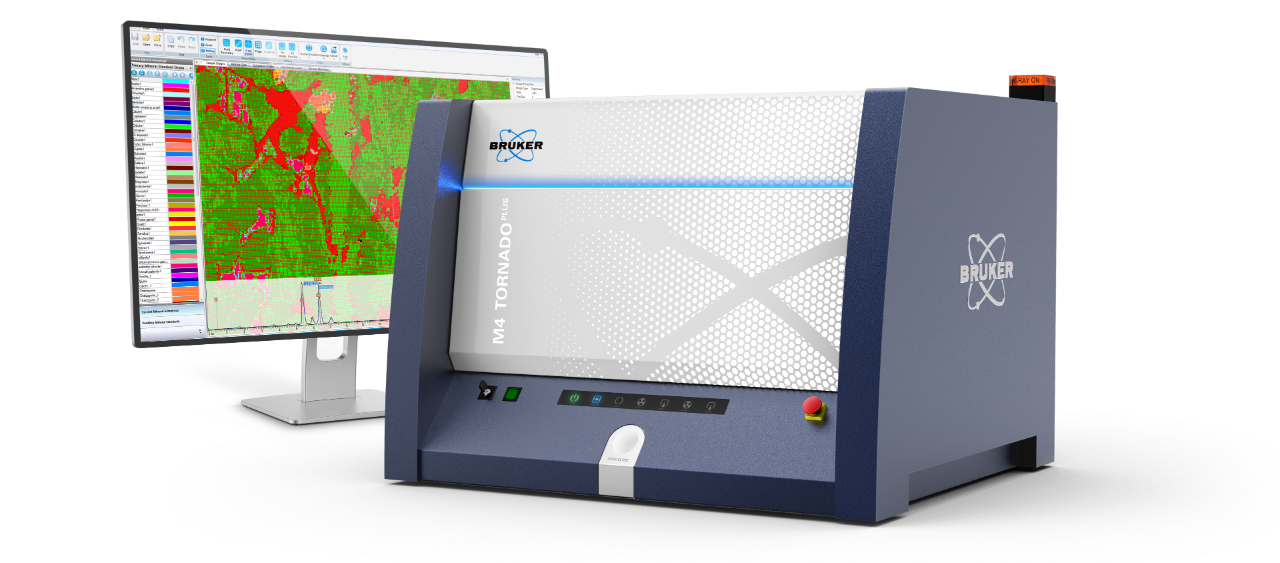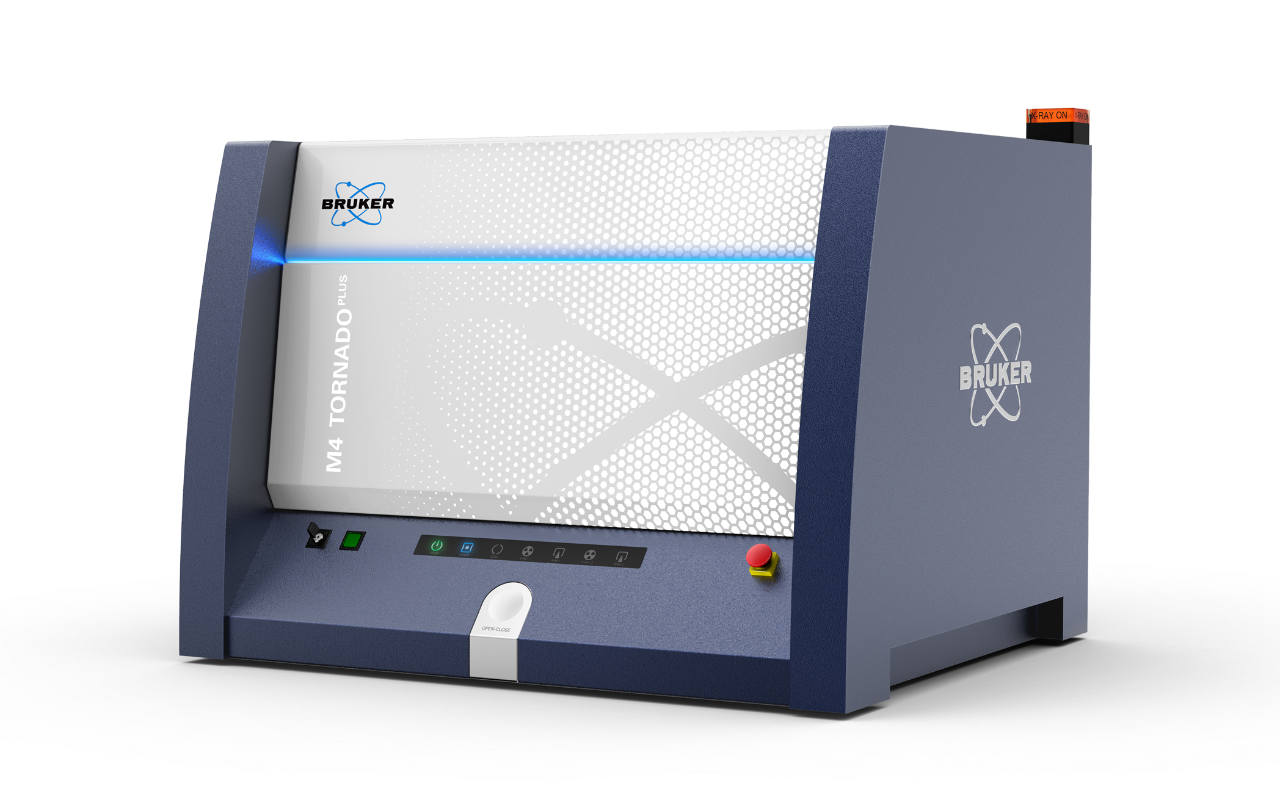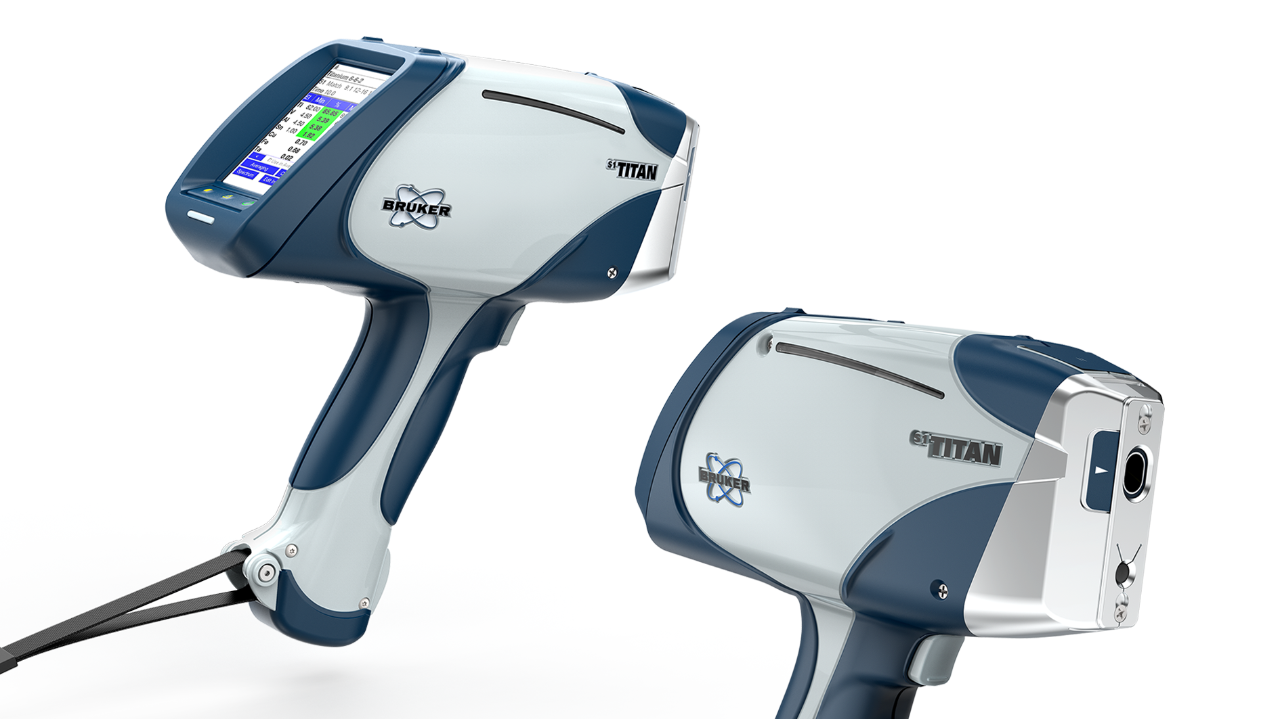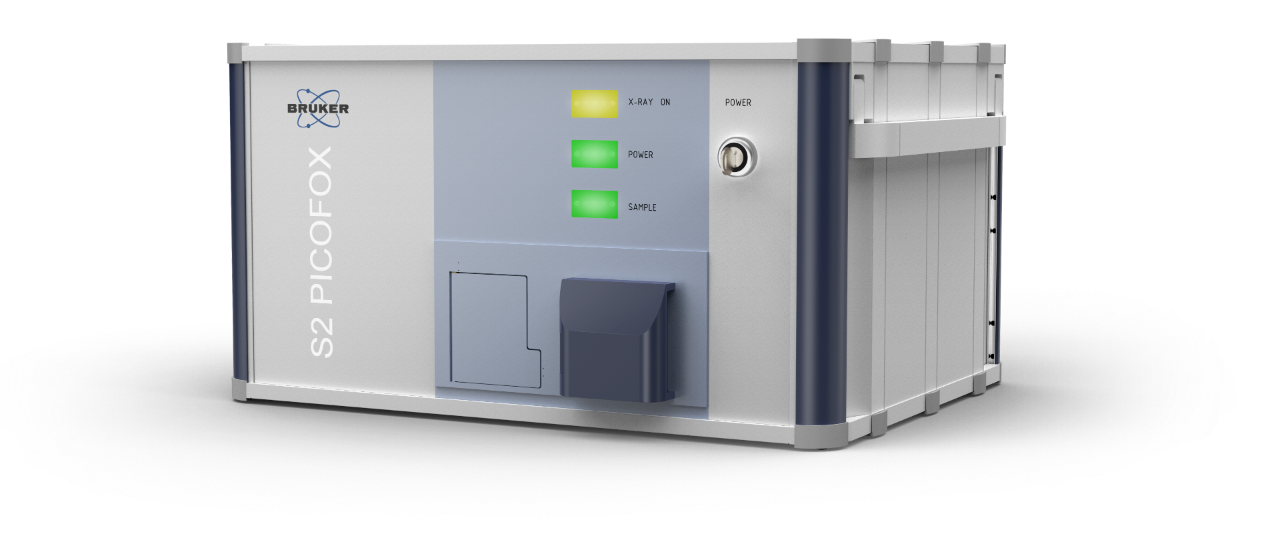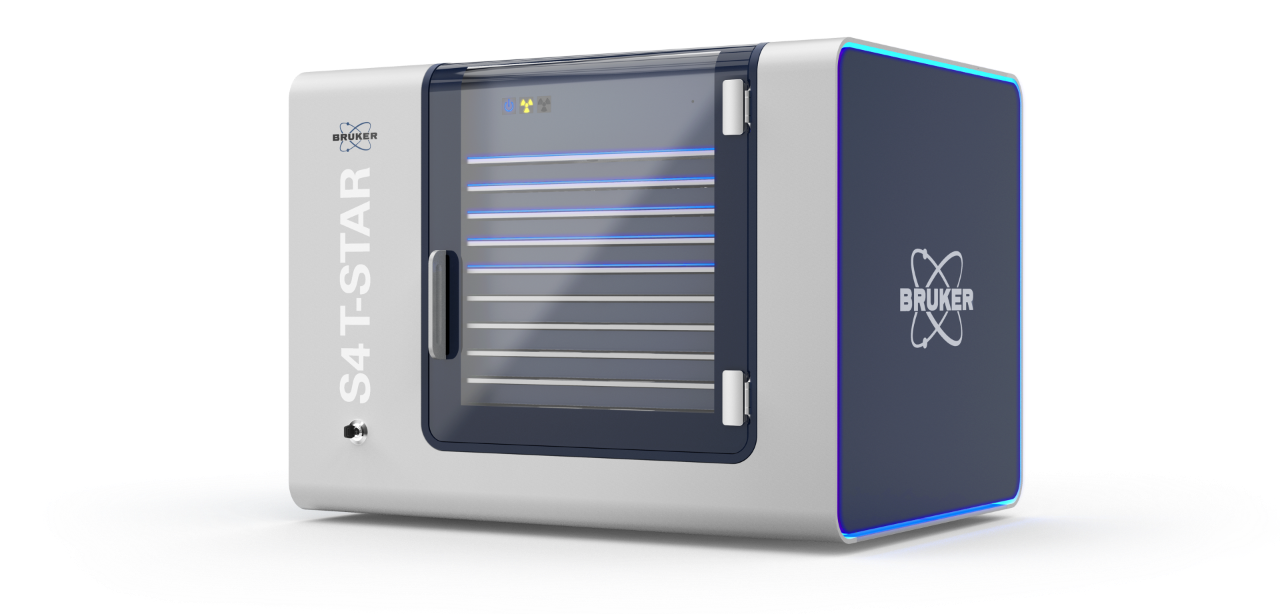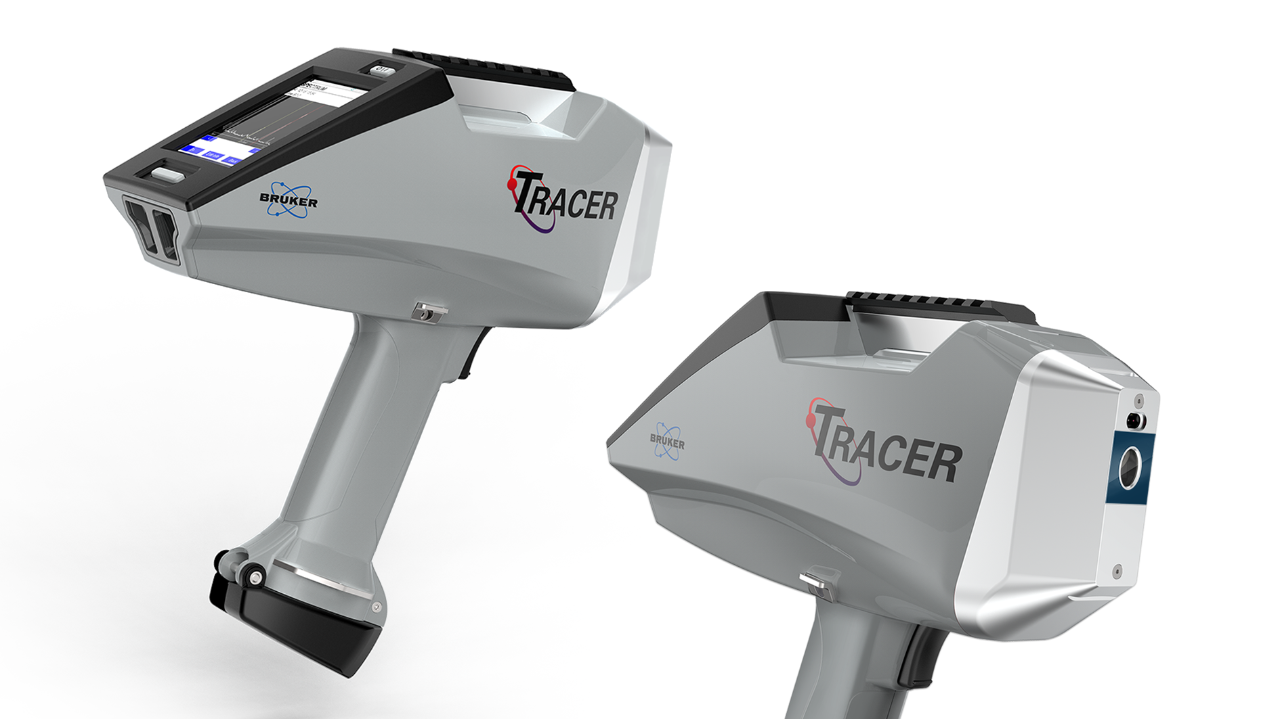

Oceanography and Hydrologic Science
Dive Deeper into the Study of Oceans and Hydraulic Systems with Analytical Tools that are as Diverse and Hard-working as the Scientific Community
Bruker helps scientists characterize the vital resources and life forms found in and around bodies of water. Our instrumentation facilitates gathering and analyzing fundamental data as well as creating models to interpret and predict the dynamic and various processes of and within water.
Data-Driven Solutions for the Interdisciplinary Work of Oceanography, Hydrology, Limnology and Glaciology
Bruker is committed to providing more than just instrumentation; we deliver data-driven solutions for the interdisciplinary work of oceanography, hydrology, limnology, and glaciology:
Compositional studies of formation, distribution, and geologic framework from the surfaces to the depths of oceans, seas, glaciers, lakes, and ponds as well as the rivers and estuaries they interface with
Marine resource exploration and utilization, from mining of hydrothermal vents and mid-ocean ridges to the study of seafloor sediment patterns for the safe construction and structural integrity of wind farms
Environmental assessments for preservation and restoration of ecosystems, habitats, biological life forms, and land erosion impacted by natural or anthropogenic events with contaminants such as heavy metals in sediments and oil in water
Research into the accumulation of microplastic pollutants (MPPs) which not only threaten marine life, but cause biomagnification through the uptake by marine organisms and fish to contaminate the human food chain
Bruker’s solutions approach to oceanography and hydrologic sciences means that our experts will help you select the best instrumentation, software, and calibrations needed for your work. We empower the selection of the right analytical technology to provide reliable value where and when it’s needed.
ED-XRF for Oceanography & Hydrologic Sciences
Energy dispersive XRF (ED-XRF) enables non-destructive, simultaneous analysis of elemental concentrations in solids, powders, and liquids with little to no sample preparation. These data support compositional studies of oceanic minerals to determine their formation and distribution which facilitates exploration and utilization of natural resources. They also support environmental assessments for the preservation and restoration of land and life forms found in and around bodies of water. Bruker XRF solutions include:
- The S2 PUMA Series 2 high-capacity benchtop is capable of analyzing from C to Am with options for one, 12, and 20 sample changers
- The CTX, a new portable single-sample small and ruggedized XRF with battery backup is capable of quickly analyzing from Mg to U
- The S1 TITAN handheld XRF, the most flexible XRF is capable of quickly analyzing samples in-situ or with optional safety-interlocked benchtop stand from Mg to U
Micro-XRF for Oceanography & Hydrologic Sciences
Micro-XRF (µ-XRF) not only enables non-destructive, simultaneous elemental analysis with little to no sample preparation, it also provides mineral density distribution maps of rock, sediment core, and biological life forms on a microscopic level. These data support compositional studies of oceanic minerals to determine their formation and distribution which facilitates exploration and utilization of natural resources. They also support environmental assessments for the preservation and restoration of land and life forms found in and around bodies of water. Bruker XRF solutions include:
- The M4 TORNADOPLUS is capable of analyzing from C to Am with its multi-functional computer-controlled He-purge for sample spot sizes down to <25µm and utilizes a TurboSpeed X-Y-Z stage for elemental distribution analysis “on the fly”
- The M4 TORNADO AMICS combines the ultra-fast elemental distribution analysis of the M4 TORNADO spectrometer with the powerful advanced mineral identification and classification software, AMICS
Total reflection XRF for Oceanography & Hydrologic Sciences
Total reflection X-ray fluorescence (TXRF) is a well-established method for ultra-trace elemental analysis with detection limits in the sub-part-per-billion (ppb) range. It is well suited for of a variety of samples, but especially for liquids and biological tissues. These data support environmental assessments for the preservation and restoration of land and life forms found in and around bodies of water. Bruker TXRF solutions include:
- The S4 T-STAR, a new benchtop TXRF spectrometer capable of simultaneously analyzing elements from Mg to U, is optimized for 24/7 operation in industrial routine analysis and designed for multi-user operation with a high capacity of 90 samples
- The S2 PICOFOX, a compact and mobile benchtop TXRF spectrometer is capable of simultaneously analyzing elements from Mg to U for cost-efficient environmental analysis
Microscopy for Oceanography & Hydrologic Sciences
Fourier Transform Infra-Red (FTIR) and Raman Microscopy enable a careful analysis of microplastic particles (MPP) to help determine their origin, formation, and the degree of their contamination. These data support environmental assessments for the preservation and restoration of land and life forms found in and around bodies of water. Bruker vibrational microscopy solutions include:
- The LUMOS II and HYPERION FTIR Microscopes utilize each chemical substances’ own IR signature, just like a fingerprint, to identify and separate all types of polymers with the highest measuring sensitivity and spatial resolution available, and automatically compares samples with its extensive spectral libraries.
- The SENTERRA II confocal Raman Microscope is capable of contactless sample measurement providing crucial insight into the nature of plastic products and yields information on material distribution with dedicated spectral libraries allowing the identification of unknown compounds, fillers and additives
Publications Related to Oceanography and Hydrologic Science
- 2019 - Marine Geology: Electron microscopy study on the formation of ferromanganese crusts, western Pacific Magellan Seamounts
- 2019 - Quaternary Science Reviews: Varves of the Dead Sea sedimentary record
- 2018 - Association for the Sciences of Limnology and Oceanography: Identification of freshwater zooplankton species using protein profiling and principal component analysis
- 2016 - The Meteoritical Society: (Open Access) Nondestructive spectroscopic and petrochemical investigations of Paleoarchean spherule layers from the ICDP drill core BARB5, Barberton Mountain Land, South Africa
- 2016 - Association for the Sciences of Limnology and Oceanography: (Open Access) Understanding marine dissolved organic matter production: Compositional insights from axenic cultures of Thalassiosira pseudonana
- 2014 - Spectrochimica Acta Part B: Atomic Spectroscopy: Applicability of direct total reflection X-ray fluorescence spectrometry for multielement analysis of geological and environmental objects
